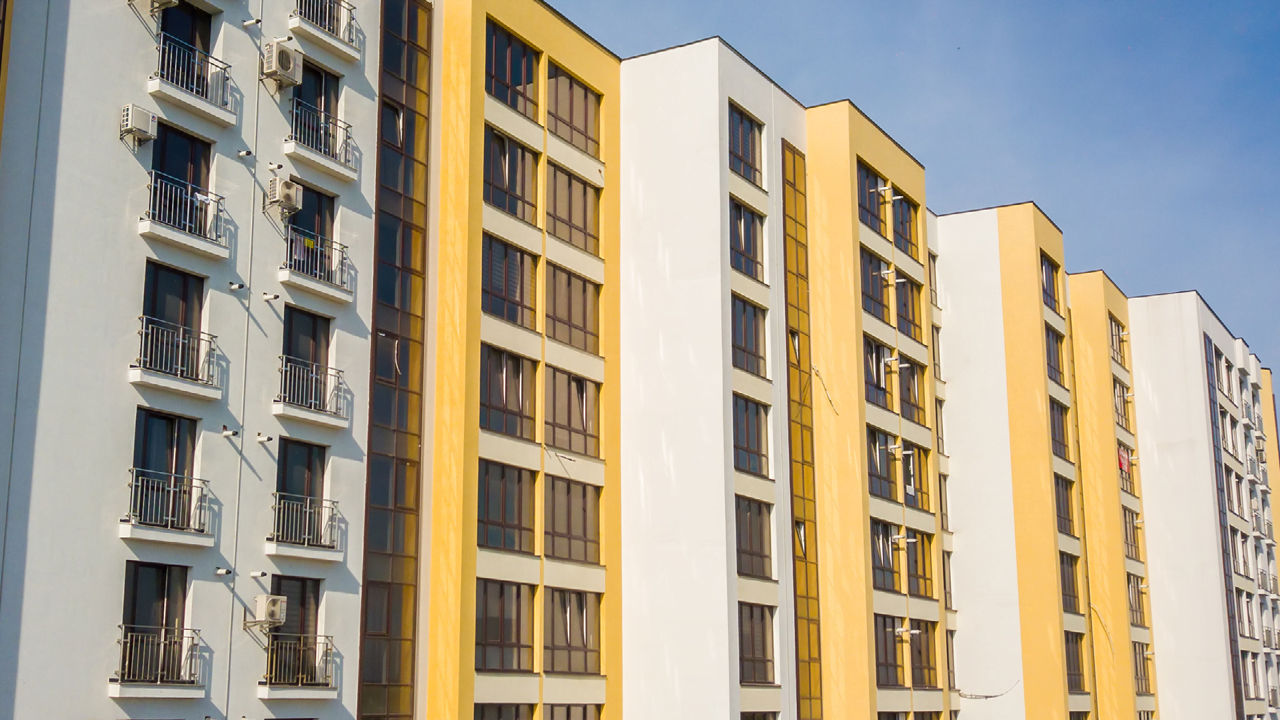Our recent article (which can be found here) reported that there were rumours of the removal of the Building Safety Manager (“BSM”) role and the Building Safety Charge (“BSC”) from the draft Building Safety Bill (“BSB”). These rumours now appear to be substantiated by proposed amendments published by the Government.
Amongst the most recent proposed amendments, which were published on 25 March 2022, are the significant revisions whereby clause 82 and Schedule 8 of the BSB are to be left out in their entirety. Clause 82 of the BSB contains the duty for a principal accountable person (“PAP”) to appoint a BSM and Schedule 8 relates to the landlord’s right to impose a separate BSC to fund building safety measures (including the cost of the BSM). There do not appear to be any plans to put in place a BSM replacement within the tabled amendments; instead, the responsibilities will sit solely with the PAP.
The BSM role was proposed in Dame Judith Hackitt’s report for all occupied higher-risk residential buildings following the Grenfell disaster. The report recommended that a person with ‘relevant skills, knowledge and expertise to assist in discharging their duties and to be available to residents concerned about safety in their building’ be nominated. While the BSM was to be a statutory role, it had no statutory duties; it would be up to the particular PAP to set out the terms of the BSM’s appointment and overall accountability would remain with the PAP. However, the obvious benefit of a BSM was the support it would provide to enable the PAP to meet its obligations to manage building safety and oversee the systems and processes required by the legislative changes. The Hackitt report pictured that, in the majority of cases, a residential management agent would undertake the safety management and would likely be appointed as the BSM.
When the BSB was first published, Devonshires’ view (which can be found here) was that the introduction of this new hands-on, day-to-day role did not appear to give significant regard to the nature of construction. As a building is a permanent structure, the structural elements and passive fire safety protections are more or less ‘set in stone’ and would not necessarily require a full-time position to undertake duties on a daily basis. The role would likely much more relevant in the event issues are raised on the fire risk assessments that take place periodically or where there are refurbishment works. The day-to-day aspect would most likely come into play in relation to the second part of the envisaged BSM role – being available to communicate with residents concerned about fire safety.
But, these duties are not too dissimilar to the roles that many managing agents already carry out. Mandeep Bhogil, an operations manager of Home Group – a social landlord managing around 55,000 properties, noted in a round table discussion with Inside Housing that the ‘building safety manager role is already there, we just need to decide how it is formed’. Acknowledgement of the similarities between existing roles and the BSM can be appreciated at clause 85 of the BSB (which is now set to be deleted) whereby, if the PAP is satisfied that they have the administrative capability, correct skills, knowledge and experience to carry out all the duties under the BSB, they were to be deemed exempt from the duty to appoint a BSM. Furthermore, the explanatory notes to the BSB noted that the new duty should encourage the upskilling of existing management agents to form a team of competent individuals that, collectively, could fill the BSM role.
By removing the duty to appoint a BSM, all the planning, managing and monitoring duties imposed by the BSB will still remain, but there will be no requirement to appoint a particular individual to assist the PAP and liaise with residents. To some, this will be seen as a positive development; many leaseholders saw the BSM role, and the new building safety charge to pay for it, as just another way of imposing additional costs on them. Others will be concerned that, by simply removing the BSM, it would be undermining a key part of the purpose of the legislation and the recommendations of the investigation by Dame Judith Hackitt. Additionally, if the PAP still has to comply with the same obligations, they may still feel the need to engage or employ a suitably qualified person even though it is no longer to be a statutory requirement; therefore, the extra cost could still be passed down to leaseholders but framed as an increased service charge, rather than a separate building safety charge.
The 25 March 2022 proposed amendments were tabled during the report stage in the House of Lords on 29 March 2022. The tabled amendments relating to the removal of the BSM and BSC provisions were agreed. The BSB faced a third reading in the House of Lords on 4 April 2022 to make any necessary ‘tidy up’ changes. Only one amendment was made, which was unrelated to the position of the BSM.
Now that the Building Safety Manager-less BSB had passed through the third reading, it will be returned to the House of Commons for the final amendment made on 4 April 2022 to be considered. If any further amendments are proposed in the House of Commons, the BSB could ‘ping pong’ between the Houses until all proposals are agreed. It is not anticipated that there will be a further U-turn on the BSM manager role; so it is now a safe presumption that the role will not make it into the final version of the bill. When the exact wording is finalised, the BSB will be ready for Royal Assent.
For more information on the Bill, its implementation or in relation to Building Safety Managers, please contact Mark London or James King.
